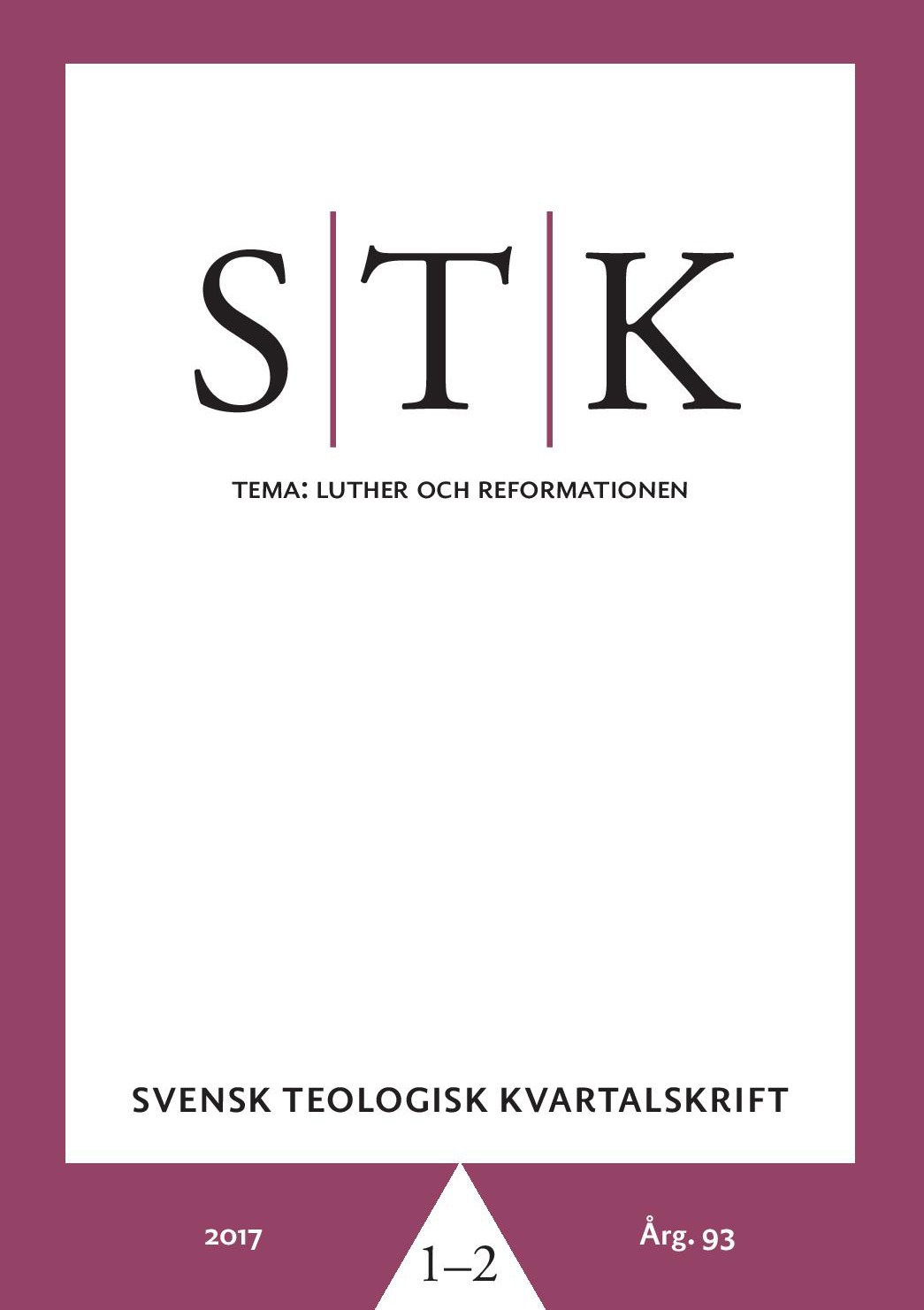Vad var reformationen? Några tankar om brott och kontinuitet i ett jämförande europeiskt perspektiv
Abstract
More than five hundred years after it took place, we are still struggling to intellectually take possession of the Reformation. Frequently ideologized, confessional, philosophical, political, and national filters have been used as tools of interpretation. Proponents of the twentieth-century Luther Renaissance have underscored the "genius" of Martin Luther and claimed that the Reformation was some kind of positive break. Roman Catholic historians have viewed the Reformation as a coda to the "golden Middle Ages." Economic determinists, especially in the GDR, posited Luther and the Reformation as part of a more general pre-modern ("frühbürgerliche") revolution and utilized the idealistic philosophy of G. W. F. Hegel. Here the Reformation is discussed in tune with the findings of prominent Reformation scholars of the last decades, such as Berndt Hamm, Heinz Schilling and Constantin Fasolt, and it is argued that it was less of a break and more of a logical continuum with the Middle Ages. However, one central question remains: Why did Luther's reformatory ideas flourish, while those of his medieval precursors Petrus Valdes and Jan Hus did not? The answer to this question can in part be traced to the most central technological achievement of the fifteenth century: the printing press. The spread of printed materials provided both Luther and other reformers with a previously unimaginable access to completely new readerships. Further, the Reformation can be seen as the end of a process of "normative centering" (Hamm) that led to the creation of a new, more coherent theological system.Downloads
Publicerad
2018-01-24
Nummer
Sektion
Artiklar
Licens
Copyright (c) 2018 Otfried Czaika

Detta verk är licensierat under en Creative Commons Erkännande-Ickekommersiell-IngaBearbetningar 4.0 Internationell-licens.


